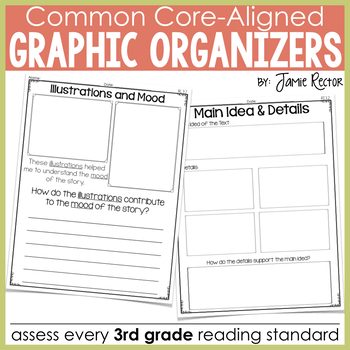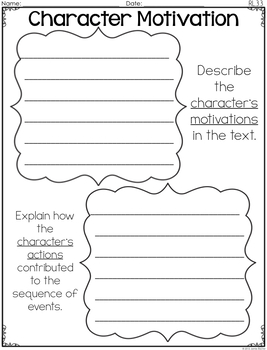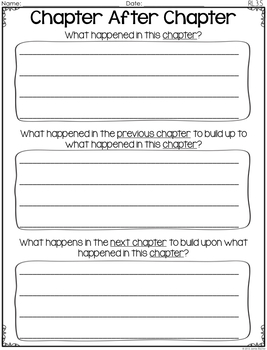Common Core Standards Graphic Organizers for Reading 3rd Grade
- PDF
Description
If you liked my Common Core Graphic Organizers for 2nd Grade or 1st Grade, you'll love my 3rd Grade Edition! I have dissected the standards and created a resource that is perfect for assessing your students in reading! The graphic organizers included in this packet will provide formative assessments that are an easy form of documentation for mastery of the Common Core Standards.
Each graphic organizer highlights the specific vocabulary from the standard and some standards even have up to 3 different graphic organizers to target each specific part of the standard. NOTHING is left out of this resource pack! Using this pack of graphic organizers will ensure that you have taught, and the students have mastered, the Common Core Standards in Reading for Literature AND Informational Text.
You might also be interested in:
- Informative Writing Unit
- Opinion Writing Unit
- Narrative Writing Unit
- Perfect Paragraphs One Step at a Time
- Advanced Perfect Paragraphs One Step at a Time
- Common Core Writing Activities (monthly writing centers)
Interested in a COMPLETE SYSTEM for assessing students in reading using ANY text?
- Common Core Reading Graphic Organizers - 2nd Grade
- Common Core Reading Interactive Notebook - 2nd Grade
- Common Core Digital Graphic Organizers - 2nd Grade
Jamie Rector from 2nd Grade Stuff
Blog // Facebook // Instagram // Pinterest // Email List // FREE FB Group
Credits:
The Common Core Standards were developed and written by the NGA.
© Copyright 2010. National Governors Association Center for Best Practices and Council of Chief State School Officers. All rights reserved.





